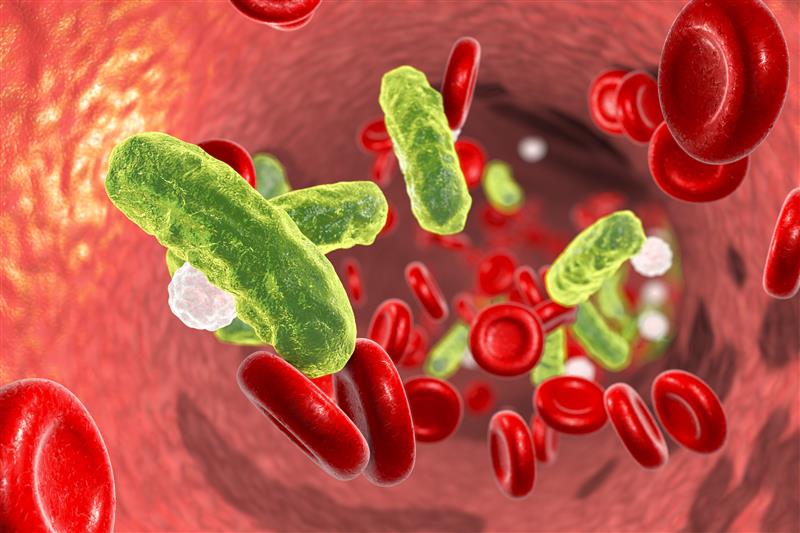The signs and symptoms of port or central catheter infections often look like a reaction to augmentation therapy. It’s important to learn how to tell the difference between the two.
Download Catheter Infections – Prevention & Treatment as a PDF.
Port and central catheter infections
External infections are located at the spot where the catheter enters your skin, under the skin, or along the tunneled area of the catheter.
Internal infections occur within the port’s reservoir or along the walls of the central catheter in the vein.
Bacteria may get into the device through lapses in sterile technique, poor skin prep, or contaminated equipment. The device may also attract bacteria from other infections in your body, which then grow in your catheter.
If you access and flush your device when you have an infection, it can send a shower of bacteria into your bloodstream. Important signs of infection include:
- Redness, swelling, tenderness, or drainage at the insertion site
- Body aches
- Weakness
- Shaking, chills, and/or fever over 101° F
- Pain in your belly
- Nausea and vomiting
- Increased difficulty breathing
Many people assume these symptoms mean they’re reacting to the augmentation therapy medicine. Some people do have side effects. But, you should rule out infection before assuming that you’re having such a reaction.
Troubleshooting central catheter problems
- If you have problems during or shortly after your infusion, tell your nurse and doctor right away.
- Check your temperature, especially if shaking or chilled.
- Call your doctor promptly if you have a fever over 101°.
- If your symptoms are severe, seek immediate medical attention.
Your doctor will order tests to check for an infection. They’ll take blood from a vein in your arm and from your device.
If you are due for an infusion while undergoing a workup for infection, you may still receive your infusion, if your doctor says it’s OK. However, you should get your infusion through an IV catheter in your hand or arm.
Your doctor will watch for symptoms. If you have them even when using a different infusion device, you may be having a reaction to the medicine.
If you have an infection, your doctor may prescribe IV antibiotics. In some instances, your device will need to be removed. If your blood cultures are negative, your doctor will continue to monitor you to see if you are reacting to your medication.
Make prevention your priority
If you have a port or other central device, preventing infection should be your first priority. After all, they provide a direct connection from the outside world into your body’s large blood vessels.
Follow these guidelines to prevent infection:
- Wash your hands before touching your device.
- Maintain sterile technique while performing all device-related procedures.
- Limit the people who handle your port or central line.
- Make sure anyone who cares for your device wears a mask.
The more careful you are, the less chance you have of getting an infection.
For more in-depth information on this topic, please visit the Big Fat Reference Guide (BFRG). If you are enrolled in AlphaNet’s Subscriber Portal, you can access the BFRG here.
Download Catheter Infections – Prevention & Treatment as a PDF.

